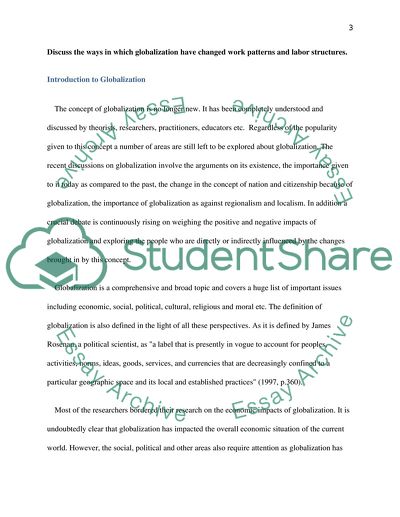Cite this document
(The Ways in which Globalisation Has Changed Work Patterns and Labour Research Paper - 1, n.d.)
The Ways in which Globalisation Has Changed Work Patterns and Labour Research Paper - 1. Retrieved from https://studentshare.org/macro-microeconomics/1752035-discuss-the-ways-in-which-globalisation-has-changed-work-patterns-and-labour-structures
The Ways in which Globalisation Has Changed Work Patterns and Labour Research Paper - 1. Retrieved from https://studentshare.org/macro-microeconomics/1752035-discuss-the-ways-in-which-globalisation-has-changed-work-patterns-and-labour-structures
(The Ways in Which Globalisation Has Changed Work Patterns and Labour Research Paper - 1)
The Ways in Which Globalisation Has Changed Work Patterns and Labour Research Paper - 1. https://studentshare.org/macro-microeconomics/1752035-discuss-the-ways-in-which-globalisation-has-changed-work-patterns-and-labour-structures.
The Ways in Which Globalisation Has Changed Work Patterns and Labour Research Paper - 1. https://studentshare.org/macro-microeconomics/1752035-discuss-the-ways-in-which-globalisation-has-changed-work-patterns-and-labour-structures.
“The Ways in Which Globalisation Has Changed Work Patterns and Labour Research Paper - 1”, n.d. https://studentshare.org/macro-microeconomics/1752035-discuss-the-ways-in-which-globalisation-has-changed-work-patterns-and-labour-structures.


